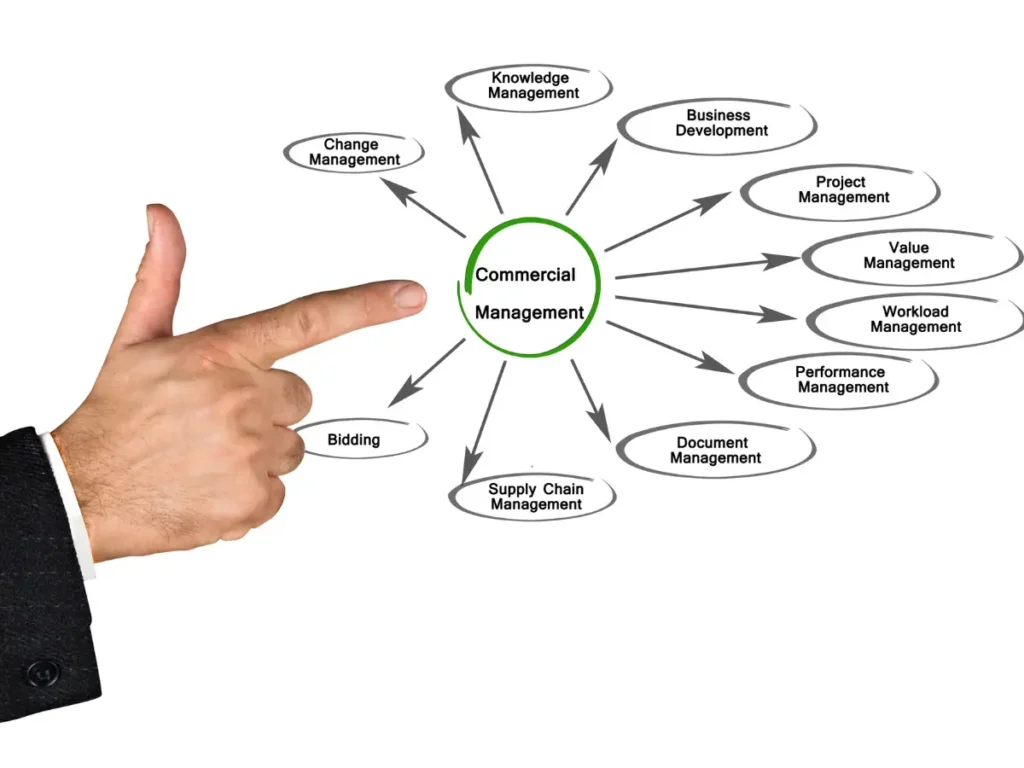Analyzing a company’s environment is a critical process that helps business leaders understand the external factors that can influence their organization’s performance and success. This article will explore in-depth the key aspects of analyzing a company’s environment, providing a comprehensive guide for business leaders. We will focus on the importance of this analysis, the most effective methodologies, and how to implement the findings in business strategy.
What is the Analysis of a Company’s Environment?
The analysis of a company’s environment refers to the process of examining and understanding the external factors that can affect an organization. These factors can be economic, social, technological, legal, and environmental. The goal is to identify opportunities and threats that can influence the company’s strategy and operations. For business leaders, this analysis is essential for making informed and strategic decisions.
Importance of Analyzing a Company’s Environment
1. Identification of Opportunities and Threats
One of the main benefits of analyzing a company’s environment is the ability to identify opportunities and threats. By understanding the external landscape, leaders can capitalize on emerging opportunities and mitigate threats before they negatively impact the company.
2. Informed Decision-Making
Environmental analysis provides essential data and insights for strategic decision-making. Business leaders can use this information to adjust their plans and strategies, ensuring they are aligned with market trends and dynamics.
3. Adaptation to Market Changes
The business environment is dynamic and constantly changing. Analyzing a company’s environment allows leaders to anticipate these changes and adapt their strategies accordingly. This is crucial for staying competitive and relevant in an evolving market.
Methodologies for Analyzing a Company’s Environment
There are several methodologies that business leaders can use to conduct an analysis of their company’s environment. Below are some of the most effective ones:
1. PESTEL Analysis
PESTEL analysis is a widely used tool for evaluating the macro-environmental factors that can influence a company. PESTEL is an acronym representing the Political, Economic, Social, Technological, Environmental, and Legal factors.
Political Factors
Political factors include government policies, political stability, regulations, and trade agreements that can affect the company. Leaders need to be aware of these factors to anticipate changes in the regulatory and political environment.
Economic Factors
Economic factors encompass economic growth, interest rates, inflation, employment levels, and other economic indicators that can influence the demand for products and services. A thorough analysis of these factors helps leaders plan their financial strategies.
Social Factors
Social factors include demographic changes, cultural attitudes, social values, and lifestyles. Understanding these factors is crucial for adapting products and services to meet consumer needs and preferences.
Technological Factors
Technological factors cover innovations, technological advancements, and the pace of technological change. Companies must stay updated with the latest technological trends to avoid falling behind.
Environmental Factors
Environmental factors refer to environmental issues such as climate change, sustainability, and environmental regulations. Companies must consider these factors to develop sustainable practices and comply with environmental regulations.
Legal Factors
Legal factors include laws and regulations that can affect business operations, such as labor laws, competition laws, and consumer protection laws. Complying with these laws is fundamental to avoid penalties and litigation.
2. SWOT Analysis
SWOT analysis (Strengths, Weaknesses, Opportunities, and Threats) is another useful tool for analyzing a company’s environment. This methodology helps leaders assess the internal and external factors that can influence the organization’s success.
Strengths
Strengths are internal positive aspects that give the company a competitive advantage. Identifying and capitalizing on these strengths is crucial for long-term success.
Opportunities
Opportunities are external factors that can provide advantages to the company. Identifying these opportunities allows leaders to develop strategies to leverage them.
Weaknesses
Weaknesses are internal aspects that can limit the company’s success. Recognizing and addressing these weaknesses is essential for improving organizational performance.
Threats
Threats are external factors that can endanger the company’s success. Identifying these threats enables leaders to develop mitigation strategies.
3. Porter’s Five Forces Analysis
Porter’s Five Forces analysis is a methodology that assesses the competition within an industry. This tool helps business leaders understand the competitive intensity and potential profitability of their sector.
Threat of New Entrants
The threat of new entrants refers to how easily new companies can enter the market. High entry barriers can protect established companies, while low barriers can increase competition.
Bargaining Power of Suppliers
The bargaining power of suppliers refers to suppliers’ ability to influence prices and terms. High supplier power can reduce a company’s profitability.
Bargaining Power of Buyers
The bargaining power of buyers refers to customers’ ability to influence prices and terms. High buyer power can pressure companies to reduce prices and improve quality.
Threat of Substitute Products
The threat of substitute products refers to the availability of alternative products that can meet the same customer needs. The presence of close substitutes can reduce the demand for a company’s products.
Rivalry Among Competitors
Rivalry among competitors refers to the intensity of competition among companies in the market. High rivalry can lead to price wars and reduced profitability.
Implementing Environmental Analysis in Business Strategy
Once the analysis of a company’s environment is conducted, it is crucial to implement the findings in the business strategy. Below are some key steps to achieve this:
- Integrate Results into Strategic Planning
The results of the environmental analysis should be integrated into the strategic planning process. This involves adjusting the company’s goals, objectives, and strategies to align with the identified opportunities and threats.
- Develop Action Plans
Based on the environmental analysis, business leaders should develop specific action plans to address critical areas. These plans should include concrete actions, responsibilities, and timelines to ensure effective implementation.
- Monitor and Evaluate Progress
It is important to monitor and evaluate the progress of implementing the environmental analysis. This allows leaders to adjust their strategies based on the results and changes in the business environment.
- Foster Adaptability
The business environment is constantly changing, so fostering adaptability within the organization is crucial. Leaders must be prepared to adjust their strategies and action plans in response to new opportunities and threats.
Conclusion
Analyzing a company’s environment is an essential tool for business leaders seeking to optimize performance and ensure long-term success. By understanding the external factors that can influence the organization, leaders can make informed decisions, identify opportunities, and mitigate threats. Methodologies such as PESTEL analysis, SWOT analysis, and Porter’s Five Forces analysis provide effective frameworks for conducting this analysis. Implementing the findings in business strategy and fostering adaptability are crucial steps to staying competitive in a dynamic business environment.
At Artibus Consulting, we offer specialized environmental analysis services to help companies navigate and thrive in a constantly changing world. Contact us today to discover how we can help you achieve your business goals!












